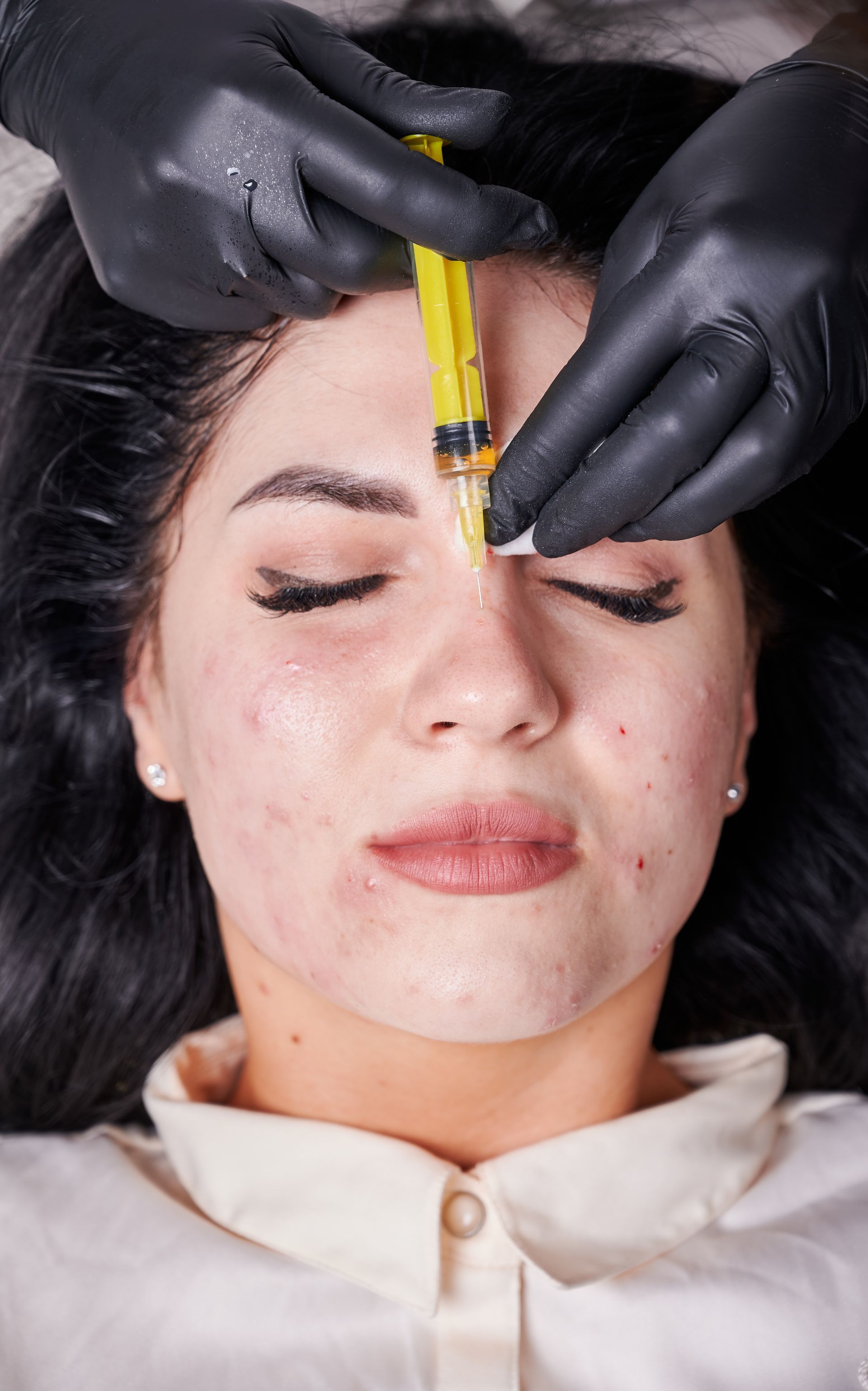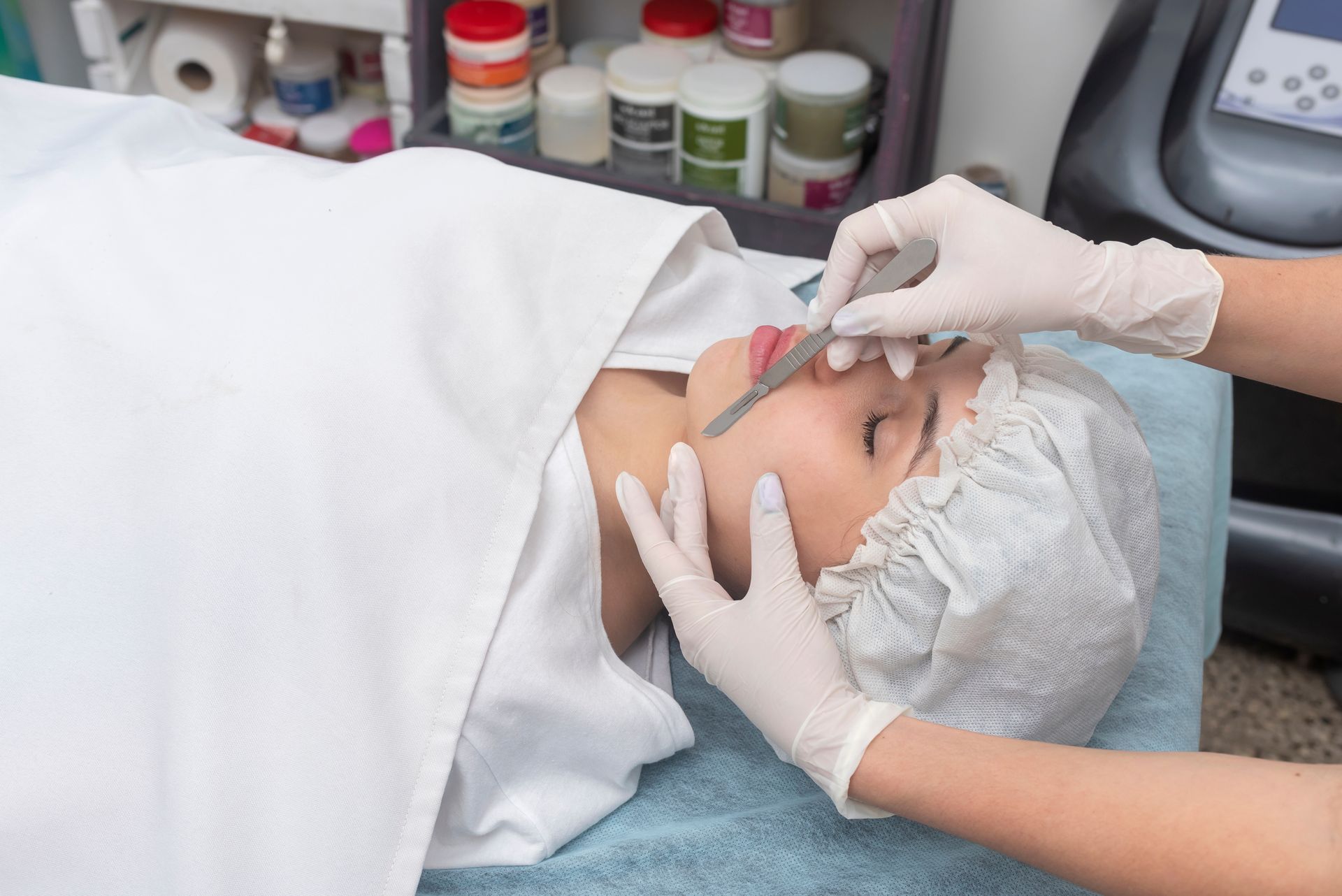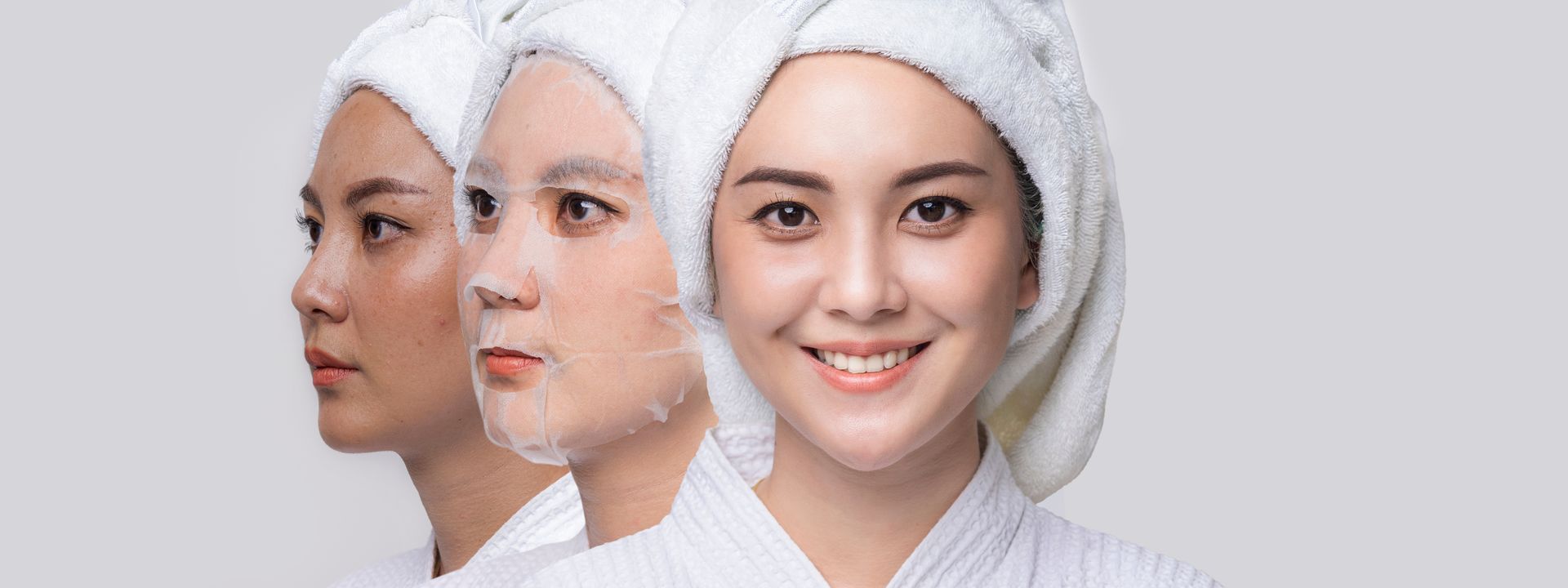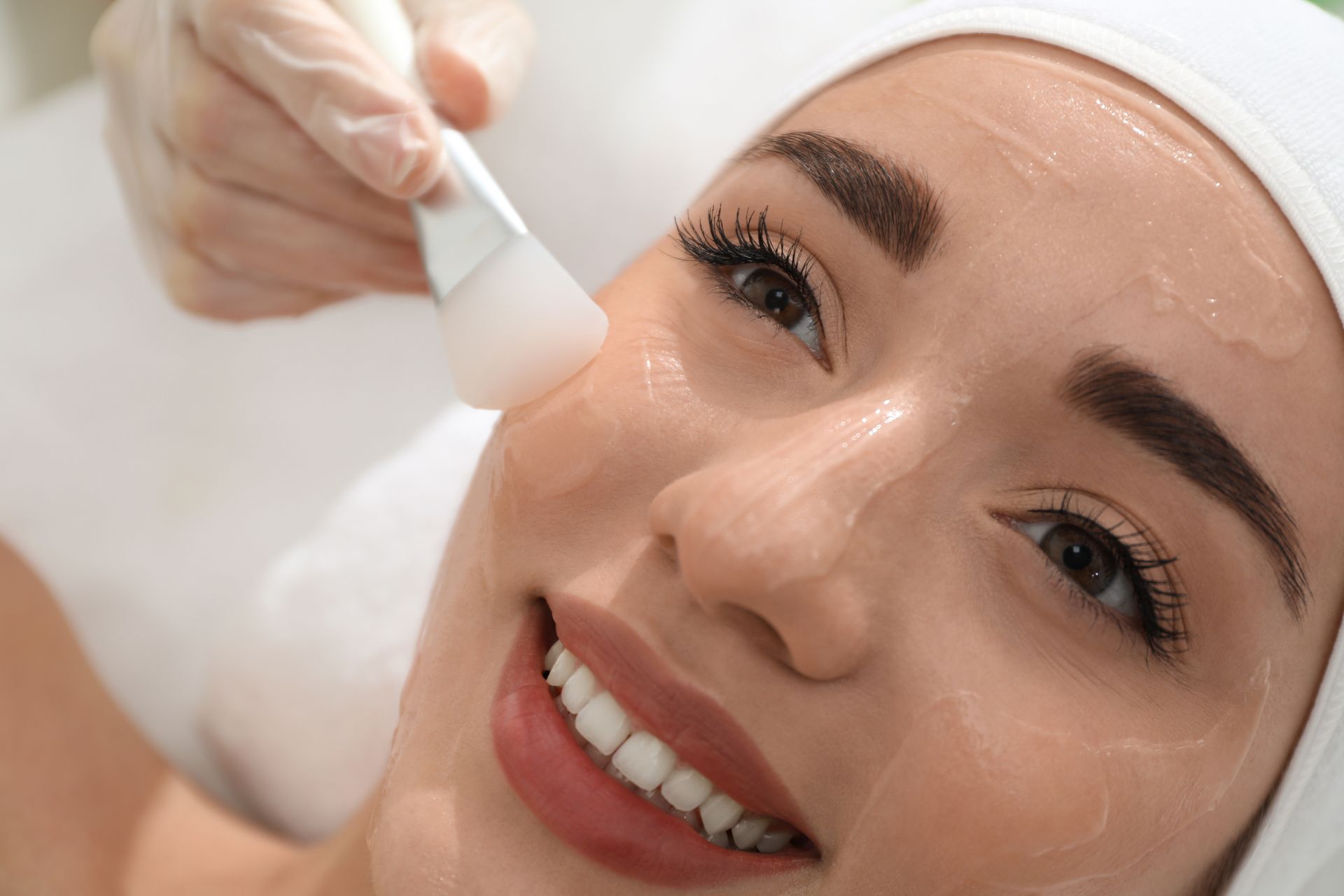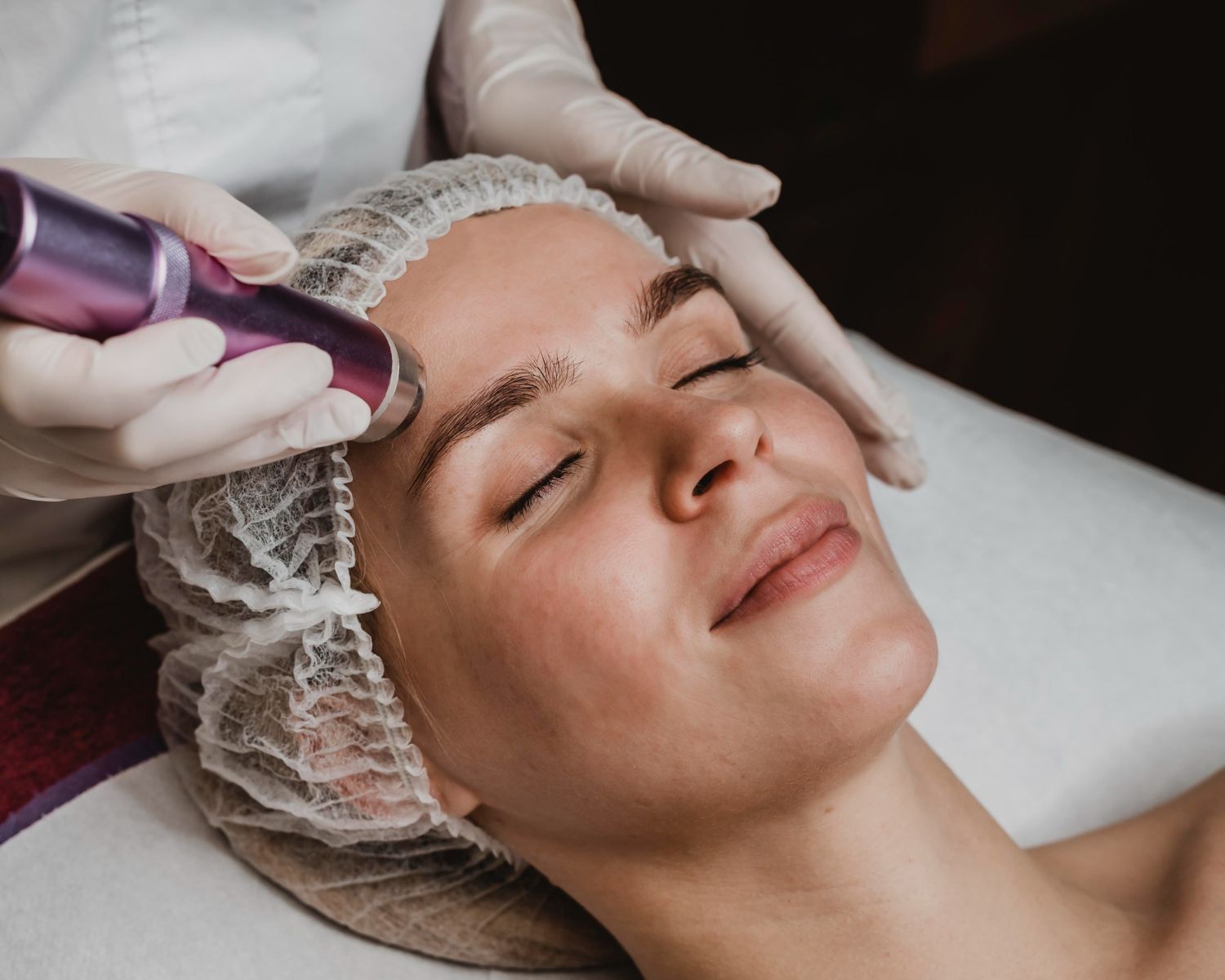Treating Melasma: Laser vs. Chemical Peels
Melasma is a common dermatological condition women experience on their forearms, cheeks, forehead, and upper lip area that is often linked to pregnancy. Treatments for this skin condition include laser treatments and chemical peels.
But what is melasma exactly? What are the benefits of these treatments, and what side effects can you expect from each method? If these are some of the questions you’re having, then keep reading for more information.
What is Melasma?
Melasma is a skin disorder that manifests as a blueish-grey or brown hyperpigmentation that occurs on the face and forearms that is frequently seen in pregnant women. This skin condition is caused by an overly active production of melanin in the body due to changes in your hormones. However, it can also be caused by prolonged sun exposure.
Melasma treatment includes laser therapy and chemical peels which are used to diminish the appearance of hyperpigmentation to create a skin texture and complexion that is smoother and more refined.
While laser treatments penetrate into the skin to promote cell renewal, chemical peels are used to resurface the outer layers of your skin to improve the tone and texture of the melasma.
The benefits of Laser treatments
As said, laser treatment for melasma is common among patients. If you are considering this treatment route, here are some of the benefits:
- Long term results
- Safe for all skin types
- Evens out the skin tone
- Zero downtime
- A non-invasive treatment that offers no pain or discomfort
- Does not require the skin to come in contact with harsh chemicals
- More effective than chemical peels for most patients and requires fewer treatments overall compared to chemical peels, which require at least 8 to 10 sessions
- Offers a more precise removal process of the hyperpigmentation and cell turnover
- Quick appointment times
The benefits of chemical peels
Another popular treatment choice for melasma is chemical peels. There are three types of chemical peels that vary in their exfoliation strength. If you wish to try the form of treatment to target your melasma, here are some of the benefits you can experience:
- Chemical peels trigger the body’s natural healing response to encourage cell turnover for overall healthier, smoother-looking skin
- The acids used in chemical peels help prevent future excess production of melanin which causes hyperpigmentation
- Patients can choose which level of chemical peel they want for their skin for a more customized treatment plan
Let’s talk side effects
Before booking any medical cosmetic appointment, knowing the side effects of your intended treatment is essential to making an informed decision about whether the risks are suitable for you. Here is a closer look at the side effects of each treatment option for melasma:
Laser treatment:
- Slight skin irritation
- More expensive treatment option than chemical peels
- Slight swelling and tenderness of the skin
- Patients may experience slight skin peeling
- Can experience itching and stinging in the days that follow your appointment as your skin heals
Chemical peel treatment:
- Redness, scabbing, scarring, and swelling of the skin
- Can cause skin infections
- Uses harsh chemicals that may cause burning, pain, and discomfort
- It will require you to have downtime of approximately 7 to 14 days to allow the skin to shed and heal
- Patients will most likely need multiple treatments to see permanent results
- It can make your skin vulnerable to UV rays
Booking a consultation for the right treatment for you
Treat your hyperpigmentation melasma effectively with the experienced dermatologists at Derma. Book a free consultation with us today for more information by calling our team directly at 403-202-4038 or by using our online form.
The post Treating Melasma: Laser vs. Chemical Peels appeared first on Derm.ca.



